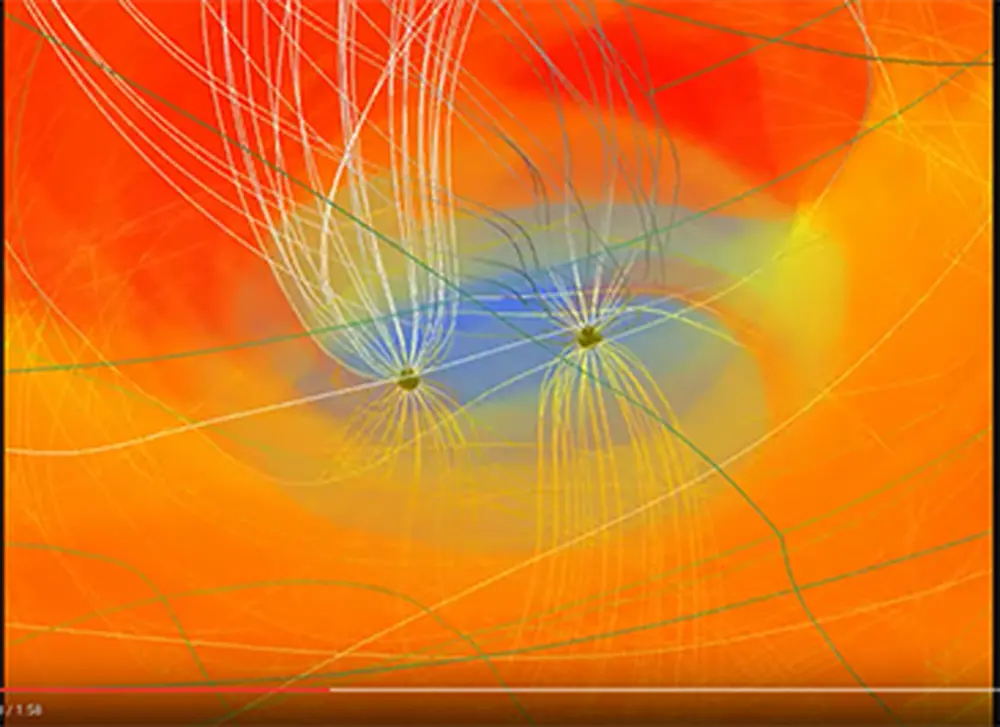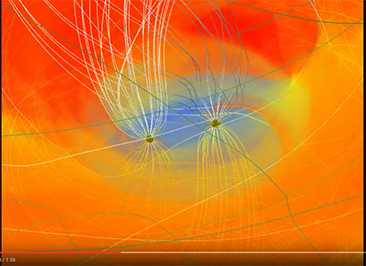

Until now, simulations of black hole collisions (and the matter that swirls around them) have been built upon simplified approximations. For the first time, however, researchers at Illinois and elsewhere created 3-D simulations of the collision of two supermassive black holes using Einstein's general theory of relativity.
Stuart Shapiro, professor of physics and astronomy at Illinois, presented videos of the simulations at a meeting of the American Physical Society in Baltimore, Maryland, in April. The simulations have been praised for more accurately describing the result of such mergers, including the gravitational waves that reverberate for millions of miles.
"As a technical achievement, there's no doubt that this is a giant step forward," astronomer Cole Miller, of the University of Maryland in College Park, who was not part of the study, told Nature magazine.
Shapiro created a video of the simulation, which shows the black holes colliding. Another video shows the simulation, as well. Shapiro's group posts its videos online, including some that deal specifically with the discovery of gravitational waves.